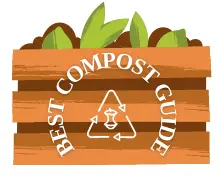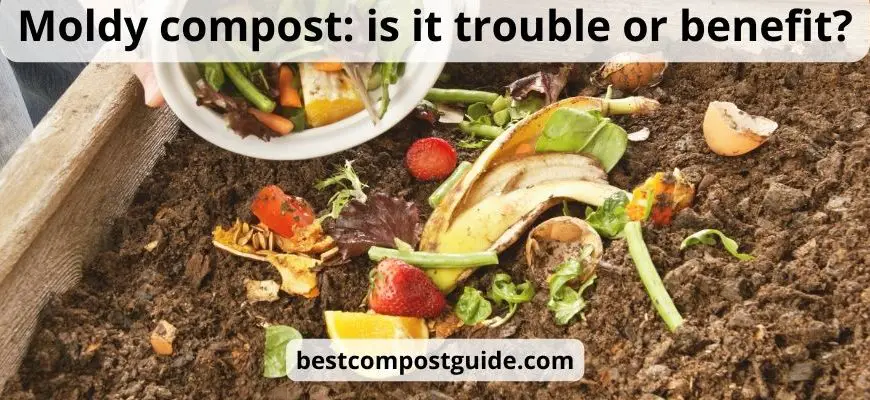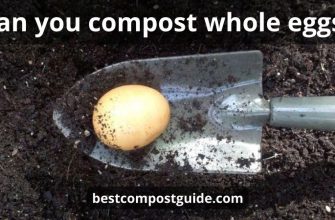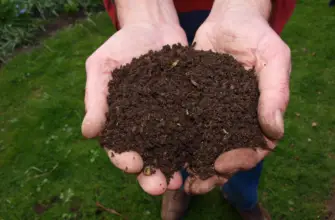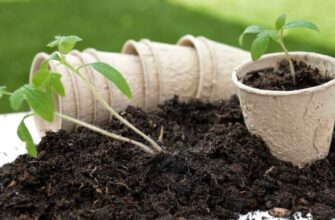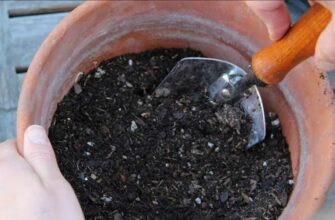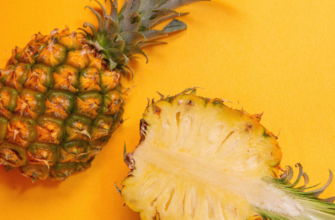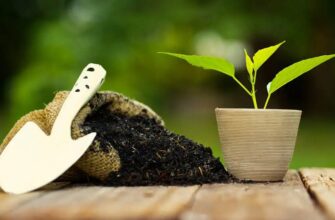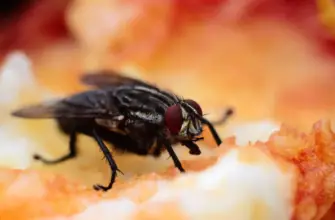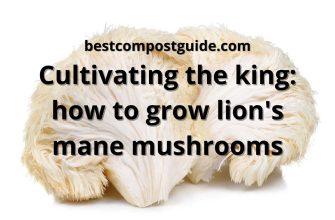So, you have just seen some mold traces in your compost pile… No wonder you are quite shocked. However, should you concern about that? Is compost mold really dangerous? Can you turn this nasty issue into benefits?
Now, it is high time to find out all the truth about the moldy compost pile!
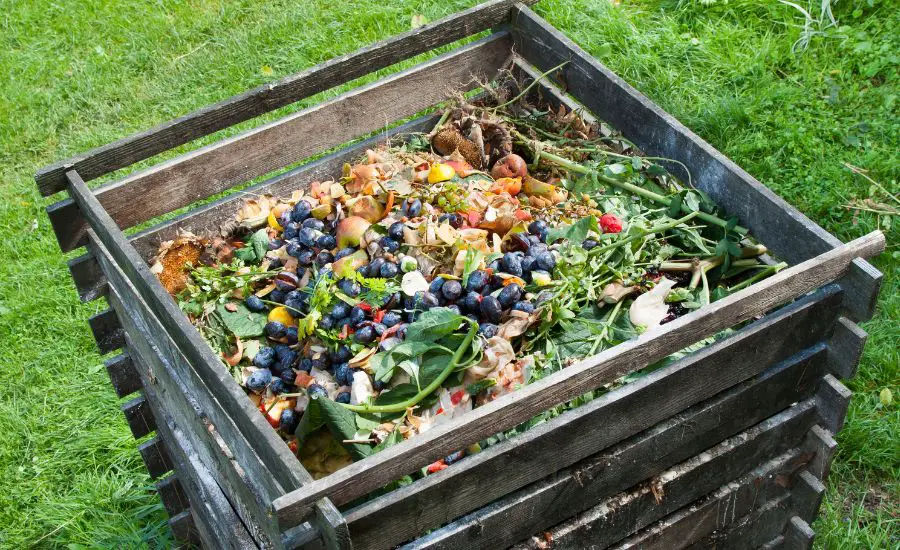
- Mold in my compost: what should I know?
- Why do compost piles get moldy?
- Is it OK to use moldy compost?
- Can I put moldy food in compost bin?
- What types of mold are good in my compost?
- #1. White mold
- #2. Yellow mold
- #3. Green mold
- Is moldy compost dangerous?
- #1. Pink mold
- #2. Sludgy and stinky mold
- How to keep a healthy compost pile?
- FAQ
- What is the white fuzzy mold on my compost?
- Is white mold in compost good?
- How do you remove fungus from compost?
- Final thoughts
Mold in my compost: what should I know?
Home compost is a popular option for those who take care of the plant growth in the backyard. However, the proper composting process includes certain dos and don’ts.
Many people are unsure if they can place moldy food in the compost bin.
Moreover, having some mold in compost still sounds like a trouble that needs extra measures to take. So, are these concerns true?
We are here to answer all the questions about mold in your compost and share some smart tips on how to boost the decomposition process in your bin. Let’s get it started!
Why do compost piles get moldy?
Having some mold traces in your compost bin is absolutely normal. So, don’t be afraid to see it even if you didn’t place any moldy food in compost before!
Is your compost supposed to get moldy? As a rich organic material with high moisture content, a compost pile is a perfect breeding ground for many types of mold.
Generally, many home compost heaps contain a lot of food waste, such as vegetable leftovers, eggshells, tea sachets, coffee grounds, and different food scraps. No wonder such a mixture easily attracts bacteria and fungi that quickly spread around.
Since mold spores thrive in a humid environment, the mold can quickly appear on your compost pile. The decaying organic matter is a perfect place for mold to grow.
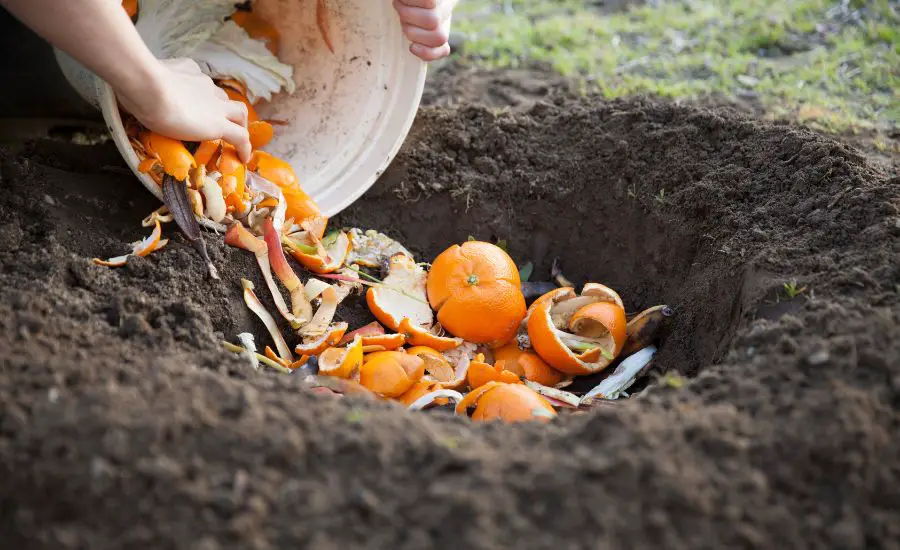
Four main types of mold can grow in compost heaps:
- White
- Green
- Yellow
- Pink
Is it OK to use moldy compost?
The answer is “yes”! It is perfectly normal to have an adequate amount of mold in your compost pile.
What is more, putting moldy food scraps in the compost pile can bring you certain benefits!
When growing on compost, mold boosts the decomposition process. In other words, the presence of green, yellow, or white mold species can break the organic matter down much faster.
Although you can often hear that mold in compost is a hazard, mold in compost really works for you!
However, control this process as you need just small amounts of mold to work properly:
- Too much mold growth is bad for your compost as it causes a bad odor that can attract rodents to your backyard.
- Mold spores can cause allergic reactions when you turn your composting matter. Always wear gloves or even a mask when turning compost with mold.
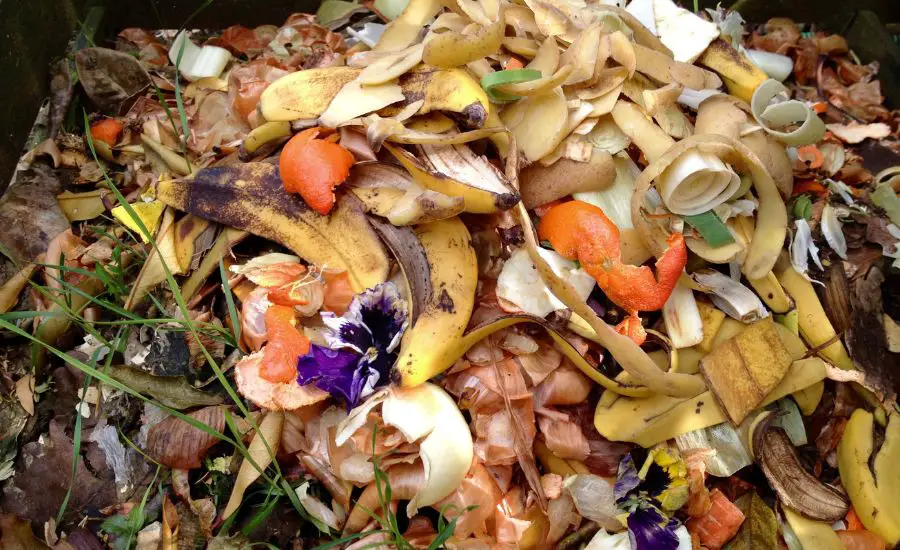
Can I put moldy food in compost bin?
Adding moldy food scraps can bring you some benefits if added properly! Don’t be afraid of placing your moldy veggies into the bin along with the other leftovers.
Generally, moldy foods decay much faster than fresh ones, so it is mostly a good idea to add some.
However, avoid putting the fully moldy foods as there is too much mold to work properly for the heap.
The best time to add moldy food is the hot composting period when the compost ingredients break down especially fast. Just don’t forget to add enough brown materials to balance this process!
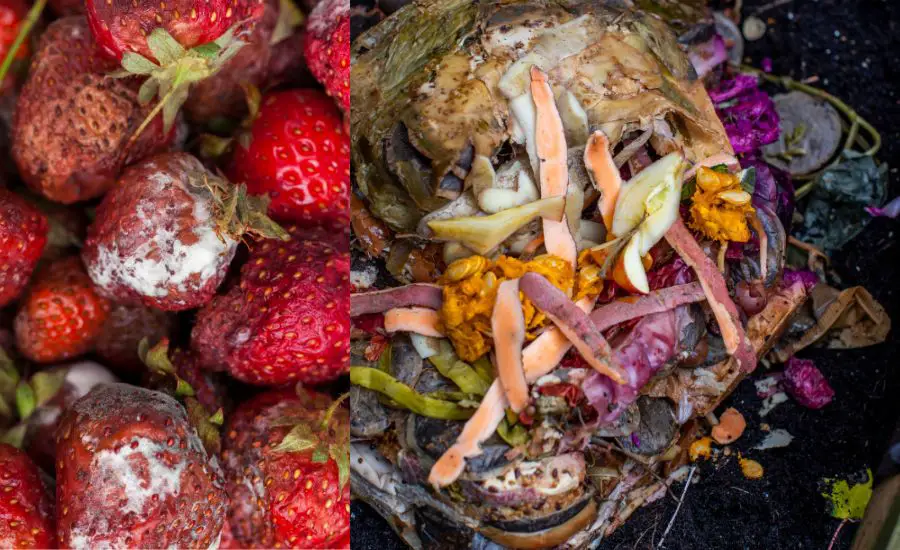
What types of mold are good in my compost?
Three types of compost mold are beneficial to you.
#1. White mold
This type of mold is also known as mycelium. It is quite common for black compost piles. If some patches of moldy substance look like ash or cotton, these are the signs of white mold growth.
While hot composting, you can mistake this type of mold for ash.
Mold growth works actively in your heap by breaking down all the added materials. Having a bit of this mold in compost, you can get the finished compost much sooner than you expect!
#2. Yellow mold
Have you ever seen a bright yellow bizarre patch of spongy mold on your compost pile? If so, you definitely know what a freaky thing it is. What is more, your first thought is to get rid of it as soon as possible, isn’t it?
Don’t panic! You have a great helper in your compost bin, no matter how strange it looks.
This type of mold is called Fuligo sepitica, or slime mold (also known as dog vomit slime mold). Despite its disgusting name, yellow mold is one of the beneficial types of mold that can make no harm to your compost.
Slime mold spores prefer growing in dark and moist places, so your compost bin fits them perfectly fine. Their yellow spongy look is just a short blooming phase of their life cycle! Most of the slime mold’s life is in the spore phase.
In the reproductive period, slime mold turns into yellow fungi that became dull-brown before going off. Because of the short life cycle, slime molds can come and go unnoticed just in a few days!
Like any other helpful mold, slime mold fastens the decomposition process in your compost bin. So, don’t discard it as it is not dangerous at all. Just wait until it naturally disappears after the blooming state.
#3. Green mold
If your compost pile consists mainly of food waste, green mold is the most likely to appear on it.
Too much moisture is one more reason for green mold to appear. If you add too much water or wet matter to the pile, the green mold spores start thriving more eagerly.
Like white and yellow molds, the green fungi take part in the composting activity. In small amounts, they are beneficial as well. However, prevent it from excess growth!
Since green mold spreads fast in the high moisture content, someday it can turn into trouble if not controlled. To avoid this, keep the balance of wet and dry organic matter. Add less water, especially in rainy weather, as there is just enough moisture in your pile.
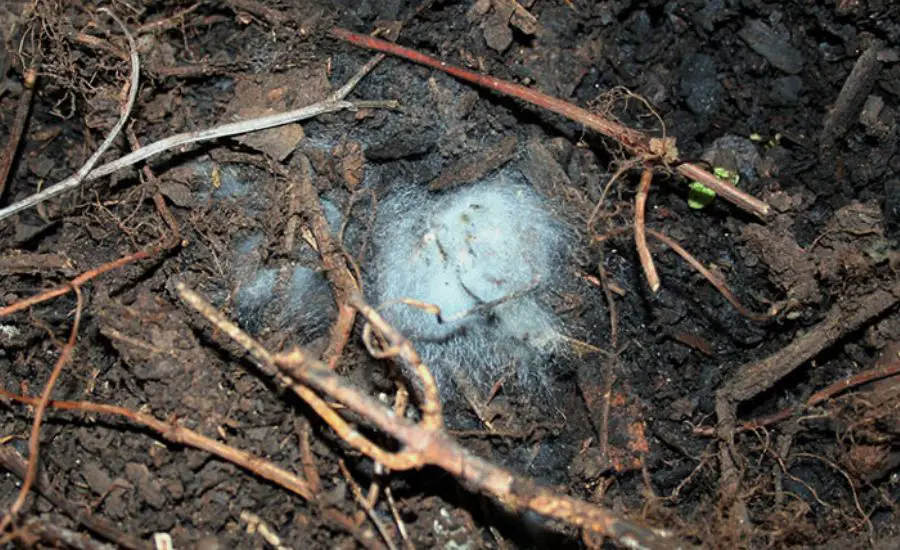
Is moldy compost dangerous?
Although having most molds in compost is not dangerous, some types of mold can be potentially harmful.
#1. Pink mold
Watch out for the pink mold in your compost pile! If you notice the first traces of it, there is a sign of hazard.
Pink mold appears in the compost that contains household chemicals, such as cleaning agents or sanitizers. When growing in compost, pink mold kills the helpful bacteria that take part in the composting process. As a result, it slows down the proper decomposition of your organic waste.
Never add soap waste to the compost heap to avoid this issue and save your composting efforts! When adding water, be sure that it is clean and free of any detergents.
#2. Sludgy and stinky mold
You can define the harmful fungi in your pile by the bad smell and sludgy consistency. Undoubtedly, you have to discard the affected matter and fix your struggling compost.
The reason is the lack of oxygen in the compost heap. That’s why you need to check and turn your compost regularly.
A good way to prevent harmful mold is adding more brown materials to the heap (such as paper waste, cardboard, leaves, branches, etc.).
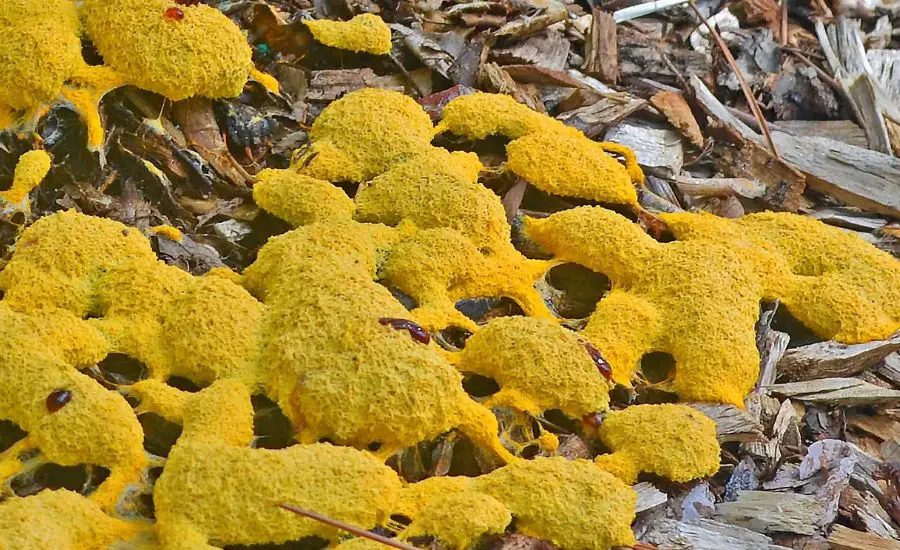
How to keep a healthy compost pile?
When preparing the home compost, there are always some tips to follow. Be aware of the most essential composting hacks that can help you to get the perfect homemade fertilizing matter:
Tip 1. Turning the compost heap is essential for proper composting. Do it regularly to enrich your compost with oxygen and prevent such issues as rot and sludgy mold. In addition, it helps you to spread the existing mold evenly in the pile.
Tip 2. Watch out for the food waste that you place into the compost bin. Avoid putting such organic materials as greases, meat, fish, or dairy products that can trigger the issues and attract pests to your pile.
Tip 3. To fix struggling compost, provide it with enough air access and limit the moisture level in it. Add more brown matter to balance the ingredients and normalize the process of composting.
Tip 4. Keep your pets away from the heap so they can’t consume any moldy food waste. Fence the composting matter off so that animals can’t get inside and eat anything from the pile.
Tip 5. Avoid having mold in your compost if you are allergic to mold spores. Having mold in compost is not a suitable option for people with respiratory issues as the spores can easily get into the air.
Tip 6. Turning compost in windy weather is a bad idea since you can easily spread spores by air. Spray your pile with some water to avoid excess spore release.
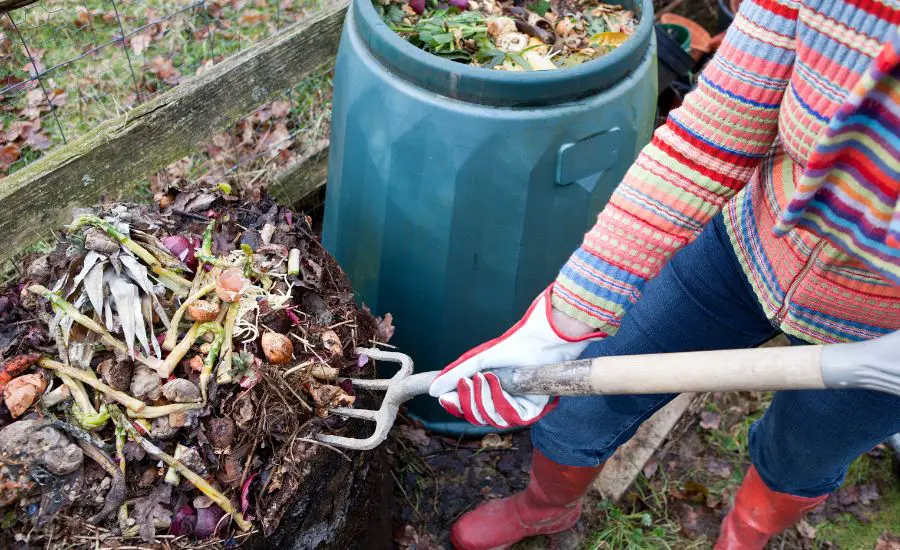
FAQ
What is the white fuzzy mold on my compost?
White patches of mold are called mycelium. They are common for composting piles and absolutely harmless. Don’t be afraid if you see this mold in your bin. This is your active helper in getting a good pile of finished compost!
Is white mold in compost good?
This type of mold breaks down the organic matter and boosts the composting activity. In other words, it is a beneficial type of compost mold that shouldn’t be removed.
How do you remove fungus from compost?
If there is excess or harmful mold on your pile, there are several ways to deal with it:
• Remove the bad mold growth from your pile.
• Rake or turn the pile with the excess beneficial mold to spread it evenly.
• Increase the pH level to kill the harmful fungi.
• Add some fungicides to get rid of harmful mold in the compost.
Final thoughts
If you find mold in your compost, it is mostly not a concern. Just deal smartly with mold to turn it into your natural helper!
